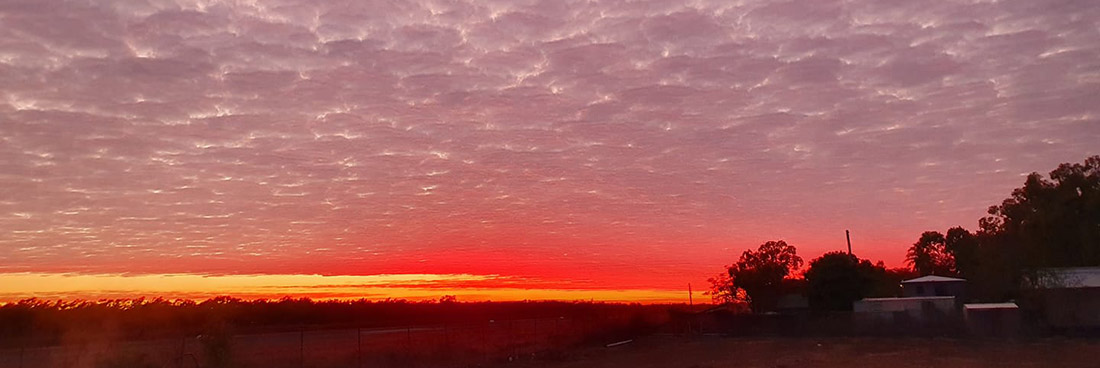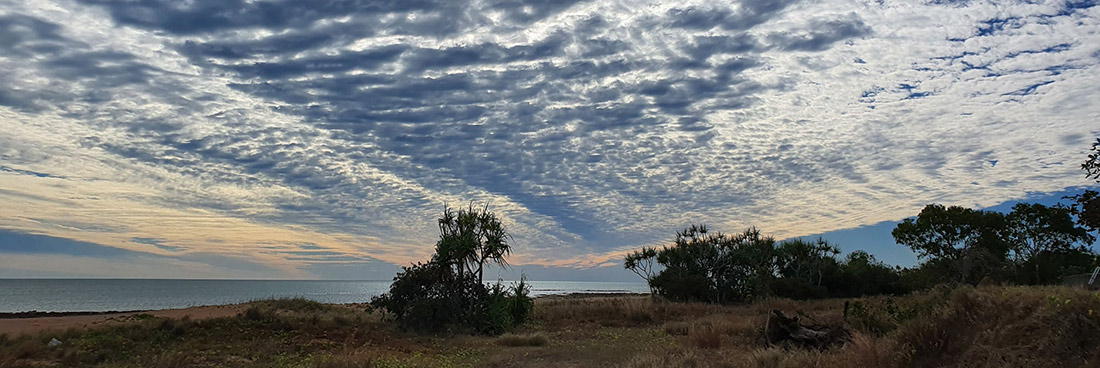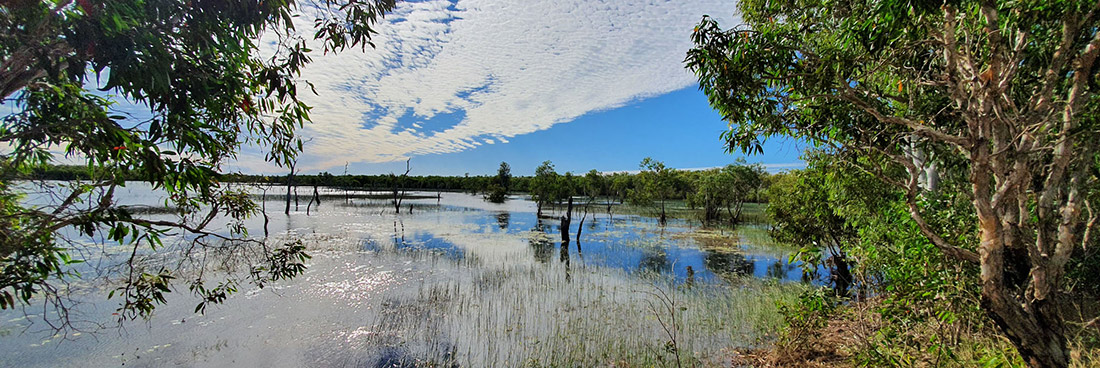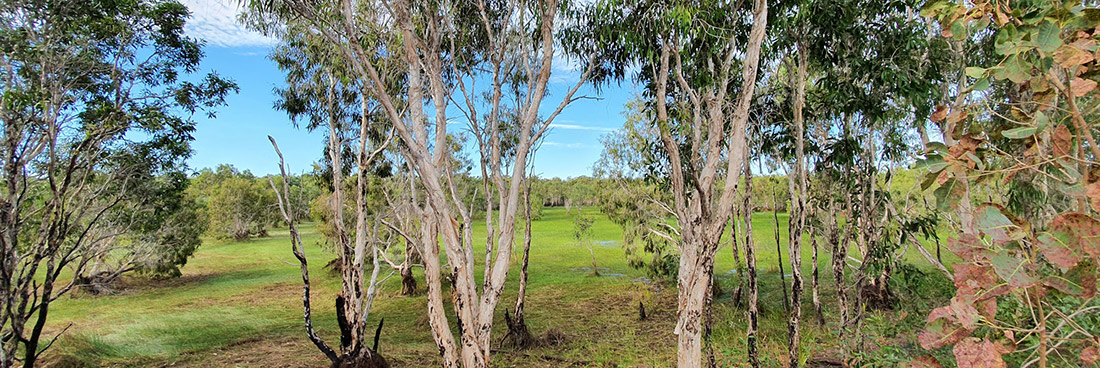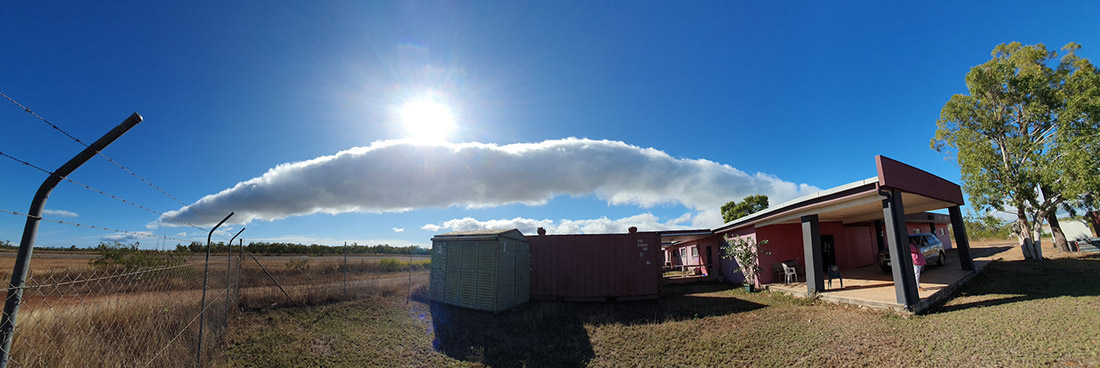Song: Mari Dilanga
Album: Budal Lardil (Songs of mornington Island) © 1993
About
History and Background
Mornington Island is the largest of a cluster of 22 islands that form the Wellesley Islands group in the south of the Gulf of Carpentaria, Queensland. The only permanent community on the islands is Gununa, with a population of approximately 1,200 people. Mornington Island has a cultural history that dates back thousands of years and much of this history has been passed down the generations through songlines, stories, dance and Aboriginal Lore, connecting Aboriginal people of the region with those from Australia’s central mainland and to the west of the Gulf of Carpentaria.
The Lardil people, recognised as the Traditional Owners of Mornington Island, have occupied their lands for more than 8,000 years. Presbyterian missionaries first visited the Wellesley Islands in 1914. In the 1920s, missionaries and various government bodies forcibly brought together the Lardil people of Mornington, Sydney and Wallaby Islands and the Yangkal people of Forsyth, Denham and Andrew Islands and many ‘stolen generation’ children of the Kankalida and Waanyi people from the mainland. In 1948 the Kaidildt people were forcibly removed from Bentinck Island to Mornington Island.
The ‘mission times’ (1921-1965) severely disrupted the existing cultural heritage and traditional kinship system and imposed a 'dormitory’ system in its place. Speaking Aboriginal language was disallowed under Mission rules and people were taught English. Aboriginal systems of Law and authority were forcibly discouraged during this period. Many young women and young men spent long periods on cattle stations on the mainland. In 1978, Mornington and other nearby islands were granted Local Government status with a Shire Council and elected representatives of the community.
There is a strong history of performance and visual art and craft on Mornington Island. The Mornington Island Dancers are one of the longest established Aboriginal performing arts groups in Australia with their inaugural public performance at the opening ceremony for the Sydney Opera House in 1973. Woomera Aboriginal Corporation was founded in 1973 and incorporated in 1983.
The artists of the region also have a long history of contemporary practice. People began making artefacts and bark paintings using natural ochres in the 1950s and in the 1970s people started using acrylic to paint on bark, producing the first works for sale. In the mid-1980s the Mornington Island Art and Craft facility was built and a dedicated coordinator was employed. In 2002, Mornington Island Art and Craft (MIAAC) became part of Woomera Aboriginal Corporation.
In 2004, Woomera decided to work with artists to create paintings aimed at the fine art market. This was seen as a way of developing artists’ skill, strengthening the financial viability of MIAAC and increasing opportunities for local people. A pivotal series of professional development workshops was held with the artists in February 2005 facilitated by artist Simon Turner. The first exhibition of these works was held at Woolloongabba Art Gallery in Brisbane in June 2005.
In 2009, Woomera Aboriginal Corporation underwent a name change, becoming Mirndiyan Gununa Aboriginal Corporation (MGAC) and created three separate ‘business units’: MIDance, MIArt and MI Festival. In 2010/11, an upgrade to the Corporation’s facilities was completed, adding a dedicated artists’ studio.
MIART acknowledges the enormous heritage of Lardil artist Goobalathaldin Dick Roughsey (https://en.wikipedia.org/wiki/Dick_Roughsey) and Kaidildt artist Mirdidingkingathi Juwarnda Sally Gabori (https://en.wikipedia.org/wiki/Sally_Gabori) their groundbreaking work underpins the amazing creativity of the MIART Studios.
Please visit our Facebook page (https://www.facebook.com/morningtonisland) for regular news and features from Mirndiyan Gununa and Mornington Island.
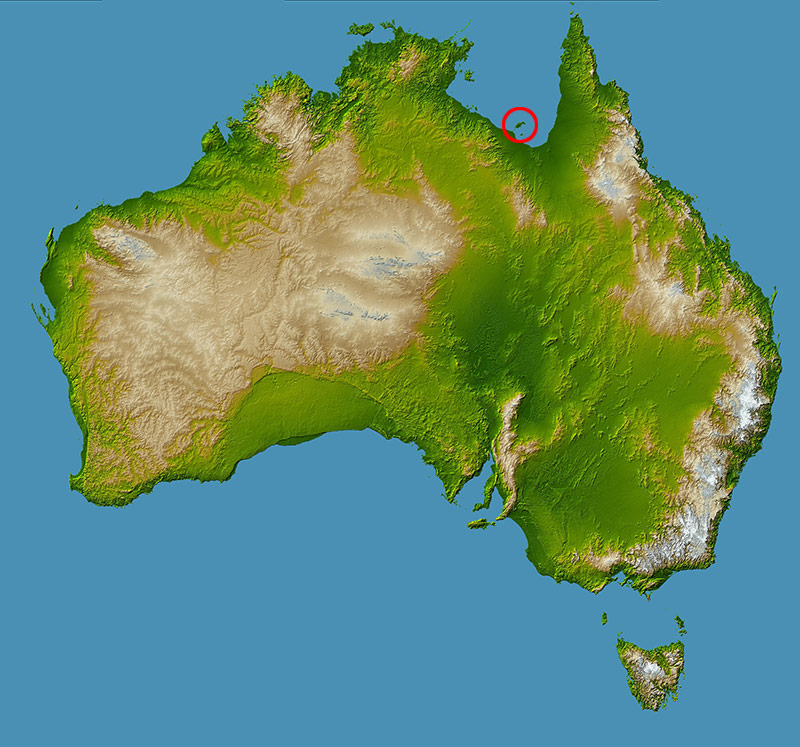

 Items in Cart (
Items in Cart (